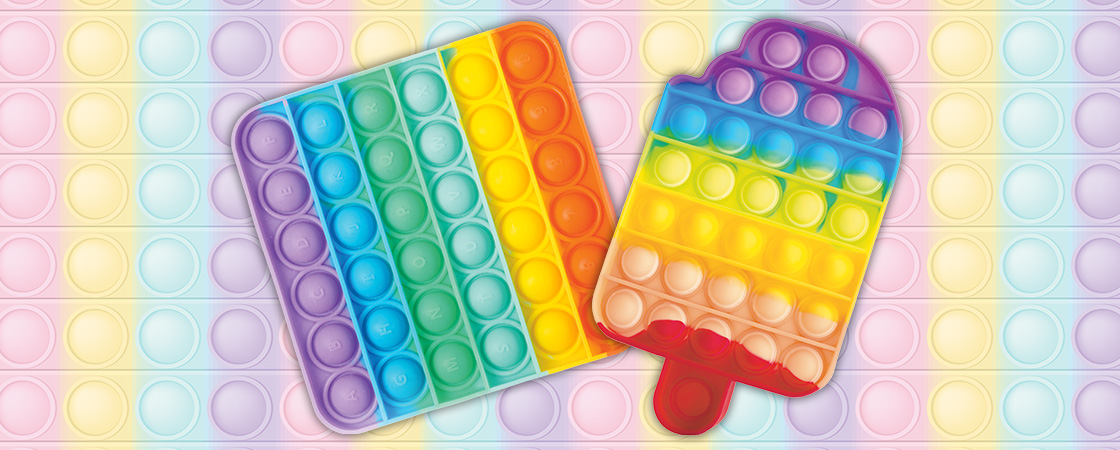Shutterstock.com
Did you hear? We’re having a vote tomorrow to decide if Pop It toys should be allowed in our class. I hope you agree that we should all vote YES!
First off, Pop Its help me focus. Sometimes I have so much energy, I don’t know what to do with it! But when I pop, click, or snap the toys, I get my energy out and relax. Then it’s easier for me to pay attention to what Mr. Ramirez is saying.
Besides, it’s easy for anyone who wants a Pop It to get one. You can buy Pop Its almost anywhere. They don’t cost much! I even have a few extras I can share. So nobody will feel left out if we end up voting yes.
Plus, Pop Its can help you talk to someone new. Just last week, I asked the new student in our class about hers. Now we’re friends, all thanks to Pop Its!
So what do you think? Will you join me in voting yes to Pop Its in our classroom?
Your Pop It pal,
Sylvie

